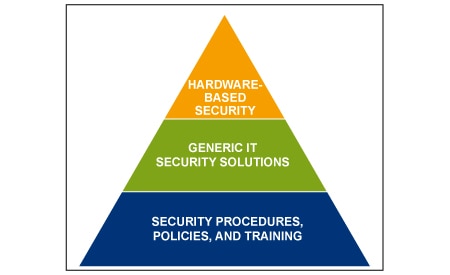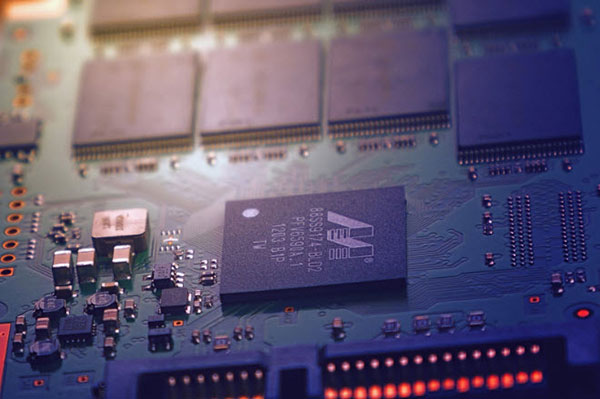An Introduction to DigiKey’s RISC-V Reference Guide
RISC-V (pronounced Risk Five) is a relatively new computer technology that is being actively promoted as a competitor to ARM. A guide has been written and published to provide students and Digi‑Key customers a brief introduction to RISC-V software and hardware. The guide assumes the reader has little or no prior knowledge of RISC-V and is targeted to university students who may be studying computer architecture and electronics/computer engineers wishing to expand on their knowledge, either in the classroom or at home. Basic Linux knowledge would be helpful while taking in the guide.
 RISC-V Logo. (Image source: RISC-V.org)
RISC-V Logo. (Image source: RISC-V.org)
RISC stands for “Reduced Instruction Set Computer”. Here the V stands for the Roman number 5. Hence RISC-V is the 5th Generation of a family of computer cores. The RISC-V logo is a registered trademark of RISC-V International. Detailed information such as specifications is available from www.RISC-V.org.
Rather than being purely theoretical, the guide provides hands-on experience of RISC-V using three different options and on boards available from Digi‑Key:
- An easy, student-friendly option using the Seeed Technologies Co Ltd Maix BiT board which offers a dual-core RISC-V processor, camera, LCD screen, and image recognition software. It is programmed using MicroPython.
- A mid-range System on a Chip (SoC) option with RISC-V SoC programming in C or assembly language on two SparkFun boards - the DEV-15799 , and the DEV-15594.
- A serious, intellectually demanding, but expensive option using the Western Digital SweRV soft core in a Xilinx Field Programmable Gate Array (FPGA) used on the Digilent Nexys A7 board. However, it can all be run just on a software simulator instead. The good news is that all the software used is free.
So, if RISC-V is of interest to you for your next design application design or to learn more about it yourself, check out the RISC-V Reference Guide on DigiKey’s Academic Program page.

Have questions or comments? Continue the conversation on TechForum, DigiKey's online community and technical resource.
Visit TechForum













